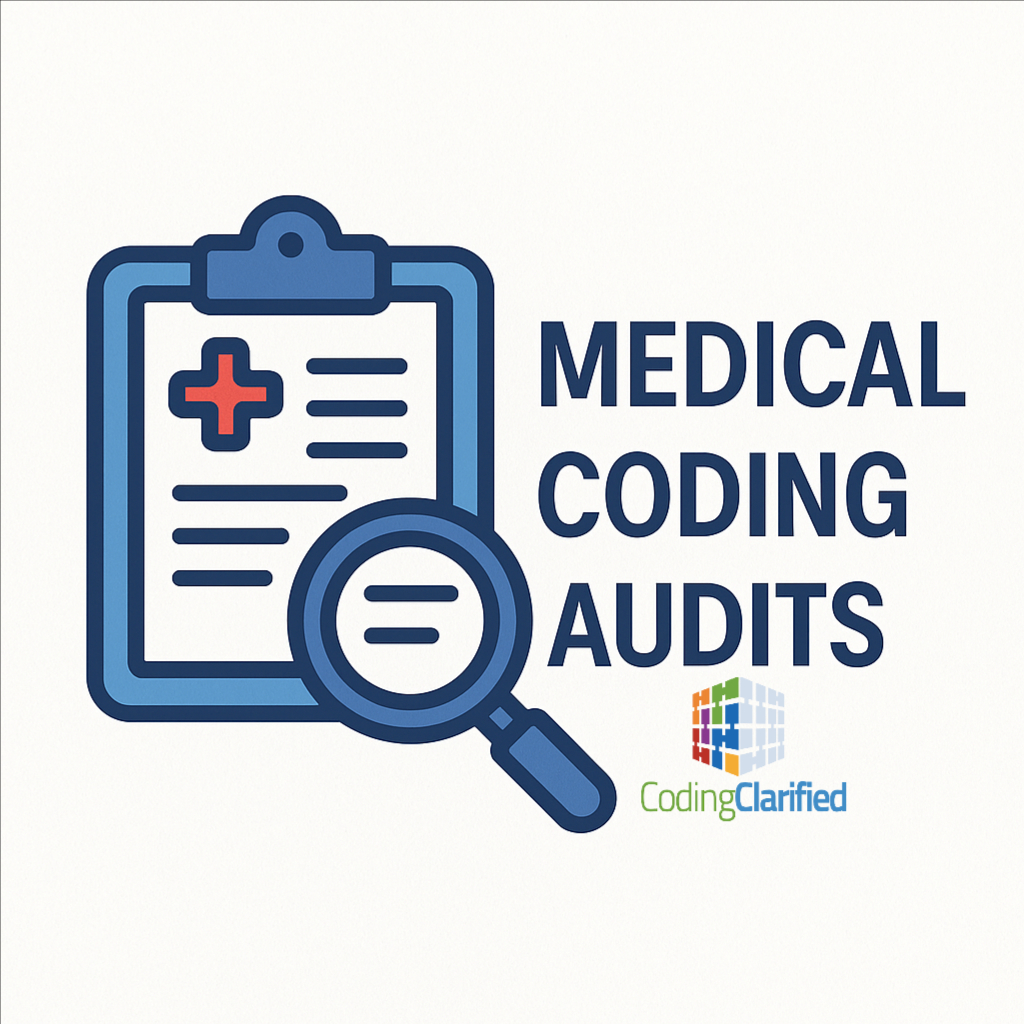Medical Coding Audits: Guidelines & Tips for Compliance and Accuracy
Medical coding audits are essential for maintaining compliance, ensuring accurate reimbursement, and reducing the risk of denials or legal penalties. Whether you’re a coding professional, practice manager, or healthcare provider, understanding audit processes and implementing preventative measures can protect your organization and enhance your coding accuracy.
What Is a Medical Coding Audit?
A medical coding audit is a systematic review of clinical documentation and medical codes to verify that coding practices align with official coding guidelines and payer policies. Audits can be internal (conducted by the organization) or external (conducted by payers, government agencies, or third-party auditors).
Types of Medical Coding Audits
- Prospective Audits: Done before claims submission to catch errors early.
- Retrospective (post-bill) audits: Reviews performed after claims have been submitted and processed to assess past performance and identify systemic issues.
- Focused audits: Targeted reviews that focus on specific areas of concern, such as high-risk procedures, specific code categories (e.g., E&M, surgical CPT), or new provider coding.
- Random sampling audits: Involve reviewing a selected sample of patient records to assess overall coding accuracy across various service types and specialties.
- Internal audits: Conducted by a healthcare organization’s staff or internal compliance team to identify and address problems proactively.
- External audits: Performed by independent auditors or third-party experts to provide unbiased assessments and ensure compliance with external regulations.
- Retrospective (post-bill) audits: Reviews performed after claims have been submitted and processed to assess past performance and identify systemic issues.
Why Are Audits Important?
-
Ensure compliance with ICD-10-CM, CPT, and HCPCS guidelines.
-
Identify upcoding, undercoding, or unbundling practices.
-
Prevent fraud and abuse allegations.
-
Improve documentation and reimbursement accuracy.
-
Support quality improvement initiatives.
Common Coding Audit Triggers
-
High volume of certain procedures or E/M levels
-
Repeated use of modifiers (e.g., 25, 59)
-
Outliers compared to peer benchmarks
-
Prior audit findings or payer notifications
Tips for a Successful Coding Audit
-
Understand Guidelines – Regularly review ICD-10, CPT®, and payer-specific policies.
-
Document Clearly – Ensure documentation supports the codes assigned—every code must be backed by provider notes.
-
Perform Regular Internal Audits – Identify and address issues before external auditors do.
-
Stay Current on Changes – Update practices based on CMS, AMA, and payer updates (e.g., NCCI edits).
-
Educate and Train Staff – Ongoing training minimizes unintentional errors and keeps coders informed.
-
Use Audit Tools – Employ coding compliance software, checklists, and standardized forms to streamline reviews.
-
Review Modifier Usage – Ensure modifiers are used correctly and only when appropriate documentation exists. CPY Modifiers https://codingclarified.com/cpt-medical-modifiers/
-
Respond to Findings Promptly – If issues are found, take corrective action and provide targeted education.
Medical coding audits are not something to fear—they’re an opportunity to strengthen compliance, optimize revenue, and improve coding quality. By proactively preparing for audits and following best practices, you’ll safeguard your practice and elevate your coding performance.
Medical Coding Compliance https://codingclarified.com/medical-coding-compliance/

